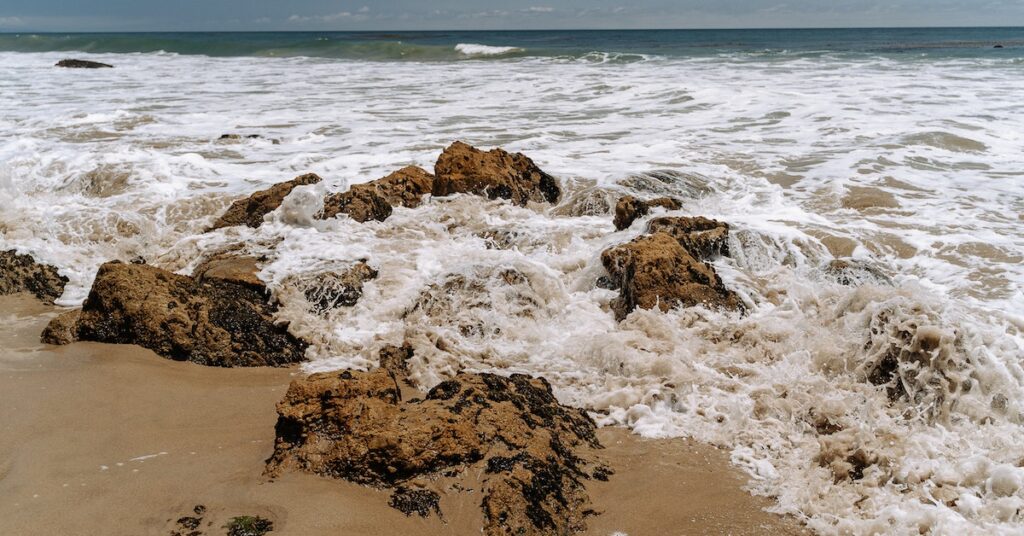Several countries are currently experiencing the effects of rising sea levels. This includes Kabul and surrounding areas in Afghanistan, New York City, and Miami Beach. These countries are all undergoing floods and atolls are also in danger. In addition, there are conflicting claims to the ocean’s resources and rights.
Flooding in Kabul and surrounding regions
During the past 30 years, the water supply in Afghanistan has suffered from the effects of drought, flooding, and desertification. These effects are due to the combination of climatic changes, a decrease in rainfall, and the deforestation of land. It is essential to find ways to preserve the river water for the future.
The Kabul River, which forms part of the Kabul River System, rises in the mountains of central Afghanistan. It flows north to Pakistan and eventually joins the Indus River near Attock. The water of the Kabul River supports over 300,000 ha of intensively irrigated areas in Afghanistan. During recent drought years, the Kabul River has run dry several times.
The Kabul River has a flow of 33 to 460 m3/s. However, this is not enough water to reach the aforementioned Amu Darya. In fact, all other rivers in northern Afghanistan have insufficient water to make it to the Amu Darya. The Kunar River, a tributary of the Kabul, provides much of the flow in lower Kabul.
Flooding in New York City and Miami Beach
During the last century, the global mean sea level has increased by about 8-9 inches. That’s not much, but it’s up from about 0.06 inches per year in the early part of the century. And that rate has accelerated. It has jumped to 0.14 inches per year since 2006.
A report by the National Oceanic and Atmospheric Administration (NOAA) found that in the next 30 years, the seas in the United States will rise by about 10 inches. And that means coastal flooding is going to happen.
And that’s bad news, especially in places like New York City and Miami Beach. These cities are in coastal Florida, and the sea level rise there is a real threat to their neighborhoods.
There is also the problem of the storm surge. When a hurricane hits, the seas rise, and the surge travels inland. It can damage homes and businesses. It’s worse when the storm is a bigger storm with stronger winds.
Flooding in Atolls
Coastal regions that are exposed to sea level rise face a high risk of storms and floods. These events can be damaging to buildings, crops, and other infrastructure. The risk is particularly high when a large storm or tidal flood occurs. These events can also contaminate freshwater reserves and lead to salt water intrusion. Coastal defenses, including mangroves, can prevent wave overwash.
Sea level rise is a significant stressor for coastal island nations. It has been estimated that global sea levels will increase by 3 to 4 millimeters per year over the next couple of decades. This is expected to increase the frequency and severity of coastal flooding. It also has the potential to make many islands uninhabitable by 2050.
Among the coastal regions that are most sensitive to climate change are coral atoll islands. These atolls are small areas of land that sit a few metres above sea level. In recent years, coral atolls have grown larger in size. However, they have also remained stable.
Conflicting claims to ocean resources and rights
Maritime boundary disputes are becoming increasingly important for states in the 21st century. They are not simply political issues, but often reflect locality-specific realities, worldviews, and management regimes.
This article explores transformations in ocean conflict, focusing on four issue areas: maritime spatial planning, conflicting claims to ocean resources, rights of countries affected by rising sea levels, and ocean reconciliation. It suggests that this problem is unlikely to be resolved until radical ocean governance is applied.
These changes are driven by exogenous forces such as climate change, blue growth, and the rush to capitalize on ocean resources. These factors challenge existing management regimes and lead to conflicting claims by nations. The resulting ocean conflict thwarts efforts to implement the Agenda 2030 Sustainable Development Goals.
These changes are also driven by locality-specific dynamics such as state-initiated marine spatial planning and socio-environmental interactions. Conflicts may also flare up after big traumatic events. In the case of the South China Sea, tensions are strained between China and Vietnam.


